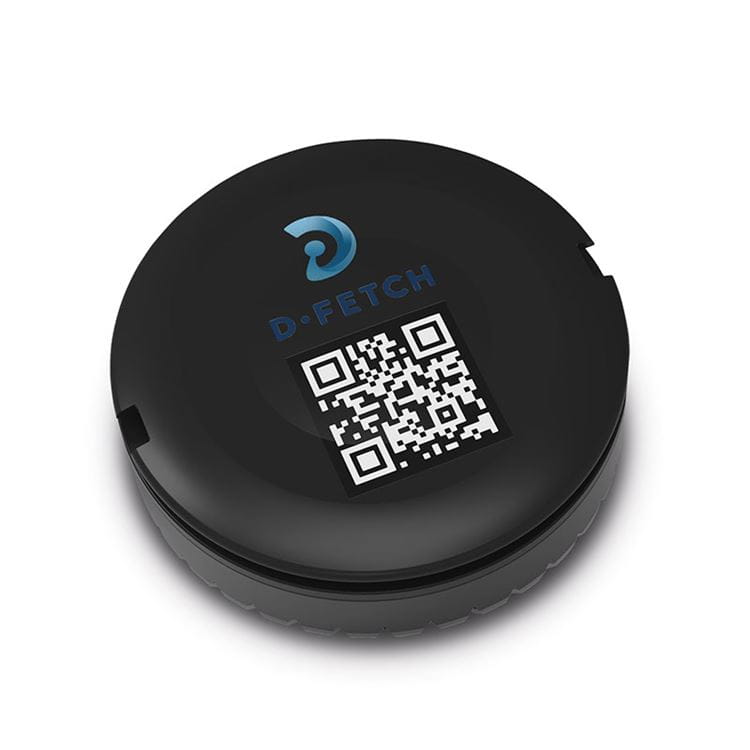Nordic Semiconductor today announces that technology startup D-Fetch has selected Nordic’s nRF52832 Bluetooth® Low Energy (Bluetooth LE) System-on-Chip (SoC), nRF52810 SoC, and nRF51822 SoC to provide the wireless connectivity for its ‘Gymplanner’ gym management platform.
The end-to-end IoT solution comprises D-Fetch’s ‘MultiTracker’ device integrating accelerometer, temperature, humidity, air pressure, and magnetic contact sensors to track a range of data - enabling operators of health and fitness clubs to determine which equipment in the facility is being under- or over-utilized and plan gym layouts accordingly. The Multitracker is powered by the nRF52832 SoC’s 64MHz, 32-bit Arm® Cortex® M4 processor with floating point unit (FPU), which has ample computational resources to supervise the device’s suite of sensors. The platform also features a Nordic nRF52810 SoC-powered motion detection sensor which performs as a discrete device for monitoring occupancy. In addition, Nordic’s nRF51822 SoC is deployed in networked ‘access points’ as well as a proprietary centralized gateway to provide Bluetooth LE connectivity across the entire Gymplanner system.
Once mounted, the compact battery-driven sensors are able to accurately measure the usage of specific gym equipment and ‘zones’ around the facility, before D-Fetch’s advanced proprietary algorithms convert the raw data into recommendations to help streamline gym operations, optimize investments, and enrich the member experience. For example, the accelerometer can measure equipment use and usage patterns to estimate usage for particular pieces of equipment, which either lead to equipment bottlenecks and congestion, or represent wasted investment and gym space use. The system can also be used to detect equipment failures and enable preventative maintenance.
Using the Nordic SoC-enabled Bluetooth LE connectivity, the data from the sensors is sent via Bluetooth LE to the networked access points and in turn relayed using the protocol to the gateway. From the gateway, the data is sent to the Cloud via a cellular network for in-depth analysis using a web-based dashboard on a smartphone, tablet, or laptop.
Nordic’s nRF52832 multiprotocol SoC combines the Arm M4 processor with a 2.4GHz multiprotocol radio (supporting Bluetooth 5, ANT, and proprietary 2.4GHz RF protocol software) featuring -96-dB RX sensitivity, with 512kB Flash memory and 64kB RAM. The SoC is supplied with Nordic’s S132 SoftDevice, a Bluetooth 5.2-certifed RF software protocol stack for building advanced Bluetooth LE applications. The S132 SoftDevice features Central, Peripheral, Broadcaster and Observer Bluetooth LE roles, and supports up to twenty connections. The nRF52810 SoC combines a 64MHz, 32-bit Arm Cortex M4 processor, with a 2.4GHz multiprotocol radio featuring reduced radio energy consumption, with 192kB Flash memory and 24kB RAM. The nRF51822 SoC is built around a 32-bit Arm Cortex M0 processor, 2.4GHz multiprotocol radio, and 256kB/128kB Flash and 32kB/16kB RAM, and is ideally suited for Bluetooth LE and 2.4GHz ultra low power wireless applications.
The MultiTracker employs a CR2430 1000mAh battery providing approximately five years of battery life between replacement, while the motion detection sensor employs a CR17335 1200mAh battery providing approximately one year of battery life between replacement, thanks in part to ultra low power performance of the Nordic SoCs. The nRF52832 and nRF52810 have been engineered to minimize power consumption with features such as the 2.4GHz radio’s 5.5mA peak RX/TX currents and a fully-automatic power management system.
“We selected the Nordic SoCs for our Gymplanner platform for their low power consumption, powerful application processors, and large memory capacity, which allow us to implement sophisticated edge computing capabilities to reduce data transfer requirements across the network,” says Per Gunnar Nordahl, Co-Founder and CEO of D-Fetch.
“Overall, Nordic scored very highly on our key selection criteria for a SoC supplier.”

